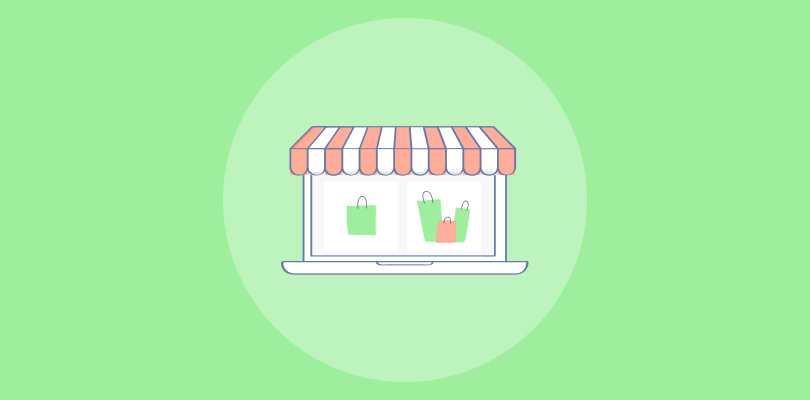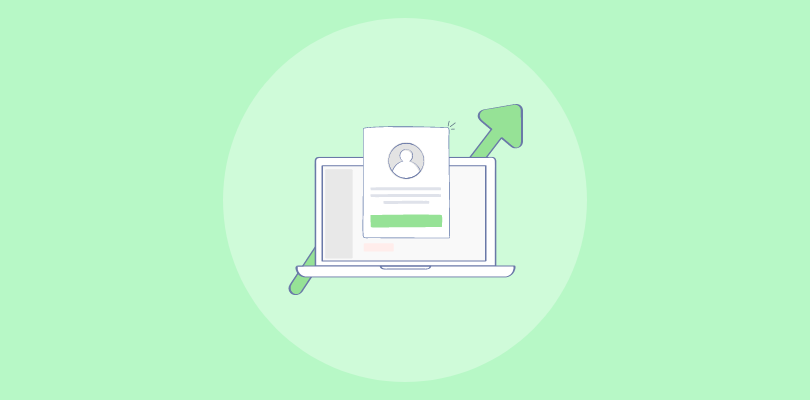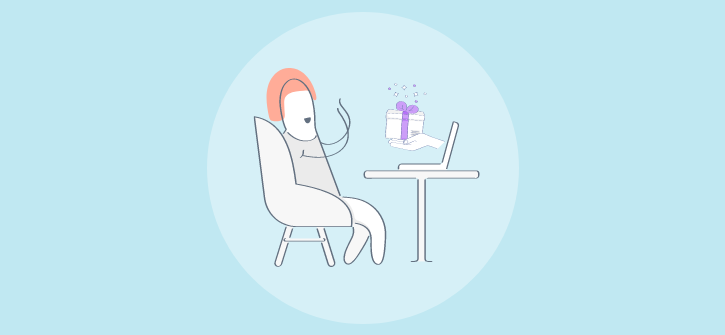
Selling new products without shooing away customers is an everyday struggle for digital marketers. In a Gartner survey, 57% of respondents confessed that they struggle to sell new products to customers.
The reason is simple – nobody likes being pushed into buying something they don’t need. So, upselling is not the problem here; failing to find sneaky ways to promote products to customers is.
The solution? Adopting clever upselling techniques and finding opportunities to implement them. Luckily, you’re in the right place for that.
In this blog, I’ve shared the 10 best upselling strategies, insights, and examples to help you become a pro in upselling.
Let’s get started.
What Is Upselling?
Upselling is a sales technique where you offer customers a higher-end or additional product related to what they’re already buying. It’s not about pressuring customers to spend more; but about adding genuine value to their purchase.
Let’s take Apple as an example.
When you buy an iPhone, you’ll often be encouraged to upgrade to a higher model.
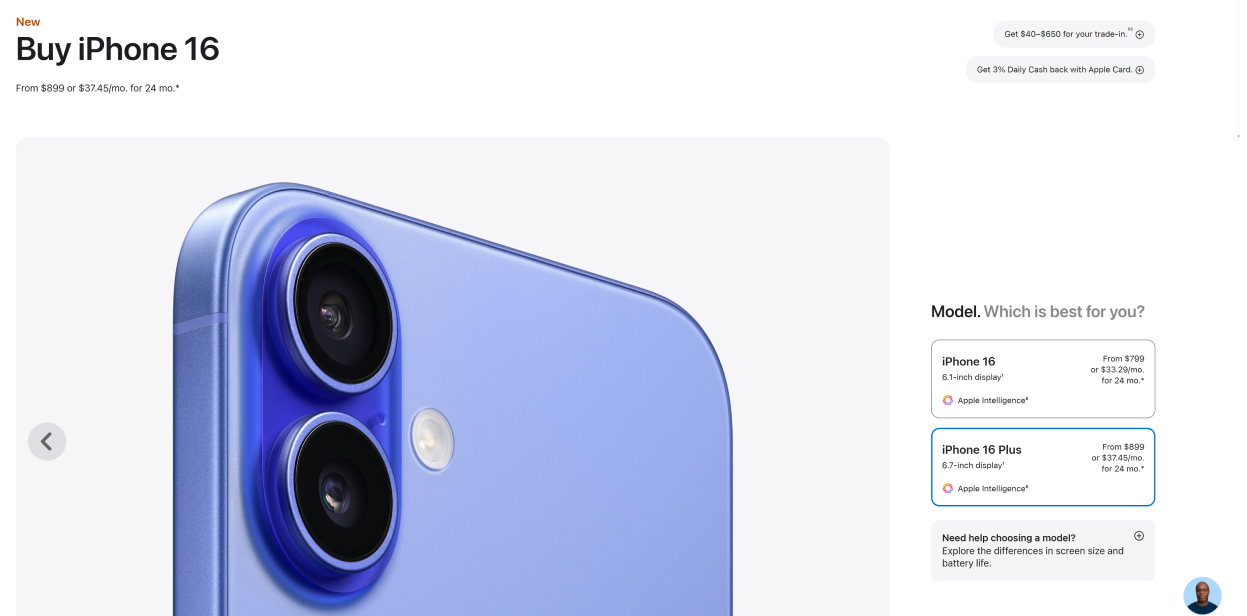
(Image source: Apple)
Notice how there’s no push selling. You decide whether you want a better product or not. And upselling is not just for products; it’s also for services.
AppleCare+ is an excellent example of that. The company offers you a one-time price or a monthly subscription in exchange for lucrative services like “24/7 priority access to Apple experts,” “Apple-certified repairs,” etc.

(Image source: Apple)
Upselling is everywhere, from subscription services suggesting premium versions to clothing retailers recommending matching accessories. It’s about making customers feel they’re enhancing their purchase rather than spending more money.
Upselling Techniques: 10 Effective Strategies to Increase Revenue
The right upselling approach can make a world of difference in how customers perceive your brand and, of course, how much they spend. Whether you’re a digital business or a brick-and-mortar store, the ultimate strategy is to solve customer problems while keeping their best interests in mind.
Let’s take a look at some of the best upselling examples and pro tips.
1. Leverage the Power of FOMO
You know that feeling when you see “Only 3 left in stock!” or “Sale ends tonight!”? That’s FOMO – ‘the fear of missing out’ – and it’s a powerful sales motivator.
It is a psychological trigger that compels people to act quickly to avoid missing an opportunity. Big brands like Booking.com use this strategy effectively with alert messages like, “Only 6 rooms left at this price…”
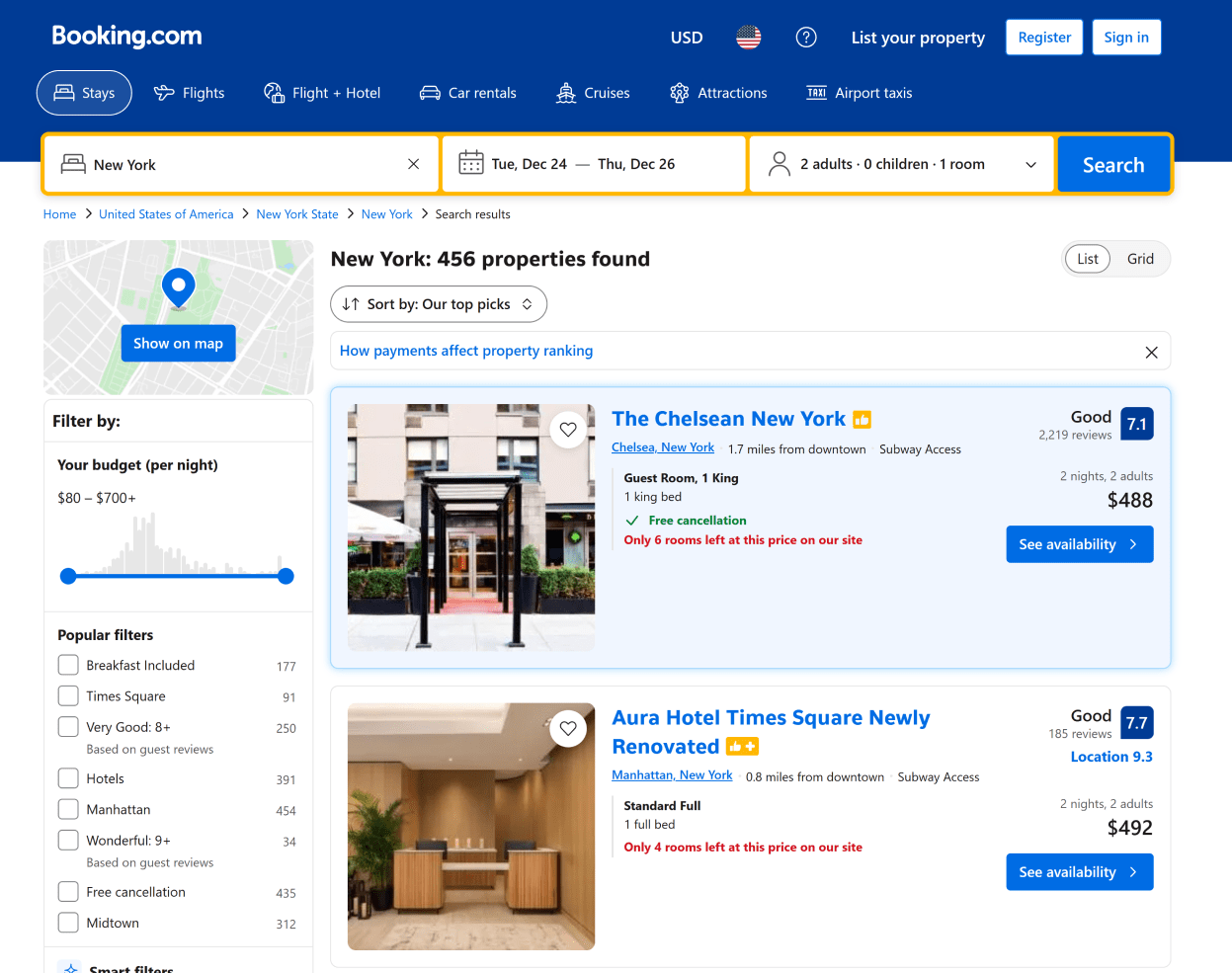
(Image source: Booking.com)
Creating a sense of urgency is one of the best upselling strategies because it motivates your customers to act quickly and make a purchase. Urgency can be created by using time-sensitive offers, limited availability, or social proof to evoke emotional responses that motivate users to act quickly.
Don’t start fretting yet. I’ve got some of the most successful urgency tactics for you –
- Limited-time offers: Display popups or banners announcing time-bound discounts or promotions, creating a fear-of-missing-out (FOMO) effect.
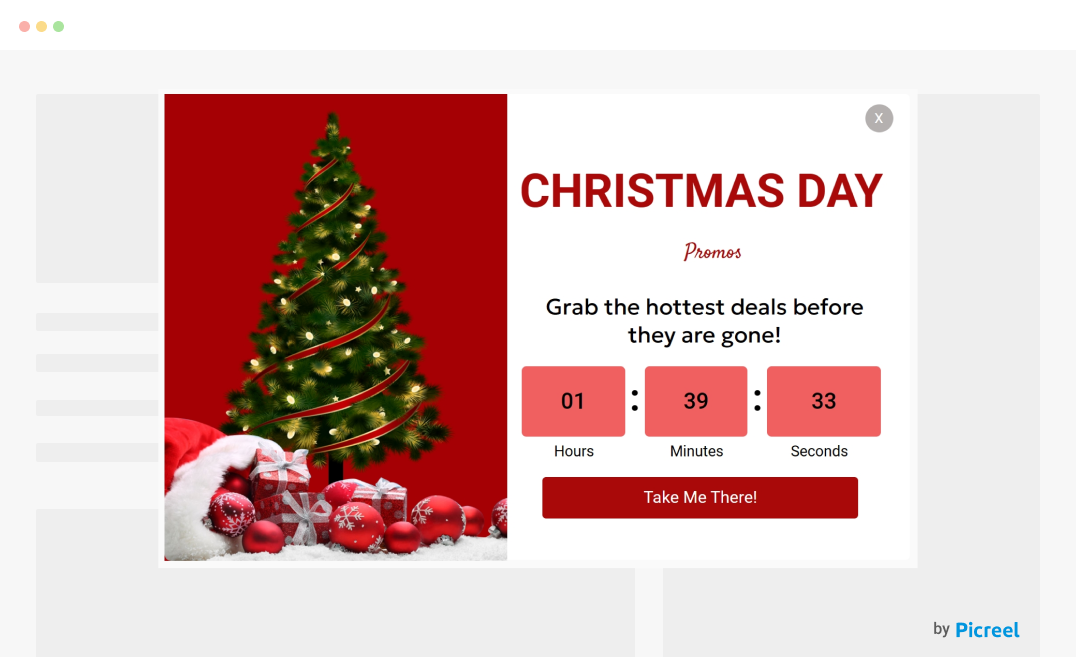
- Inventory scarcity: Highlight the limited availability of popular products, emphasizing the exclusivity and potential regret of missing out.
- Countdown timers: Incorporate countdown timers into product pages or shopping carts, adding a visual representation of time ticking away and driving immediate action.
With popup tools like Picreel, you can instantly set countdown timers with preloaded templates like this –
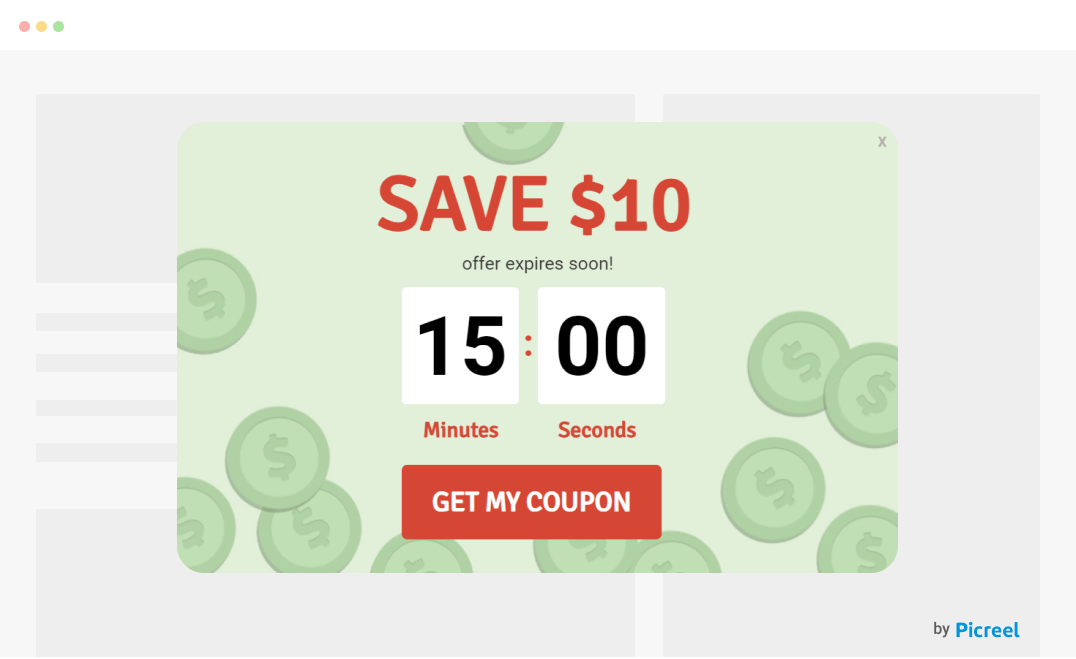
2. Pitch a Relevant Upsell
This might seem obvious, but it’s crucial: the upsell needs to make sense for the customer. One effective strategy to achieve this is to provide ongoing value.
Popups that offer personalized recommendations, such as “You might also like” or “Frequently bought together,” can motivate buyers to purchase more items.
Amazon is a great example here.
For example, if you were considering a tub of whey protein, Amazon would show you additional workout supplements that customers usually buy together. It surprises the buyer and makes them think, “Hey, that’s a great idea!”

(Image source: Amazon.com)
Pitching a relevant upsell also lets customers know you value them and their requirements. In my opinion, customers appreciate these personalized recommendations and are more likely to make additional purchases.
3. Provide Consistent Value
Upselling isn’t just about encouraging a customer to spend more—it’s about delivering added value at every step. By consistently providing value – even after the initial sale – you create trust and make customers more receptive to future upsells.
Notice how some software companies often offer customers dedicated post-sales support and onboarding assistance? Here’s a great example –
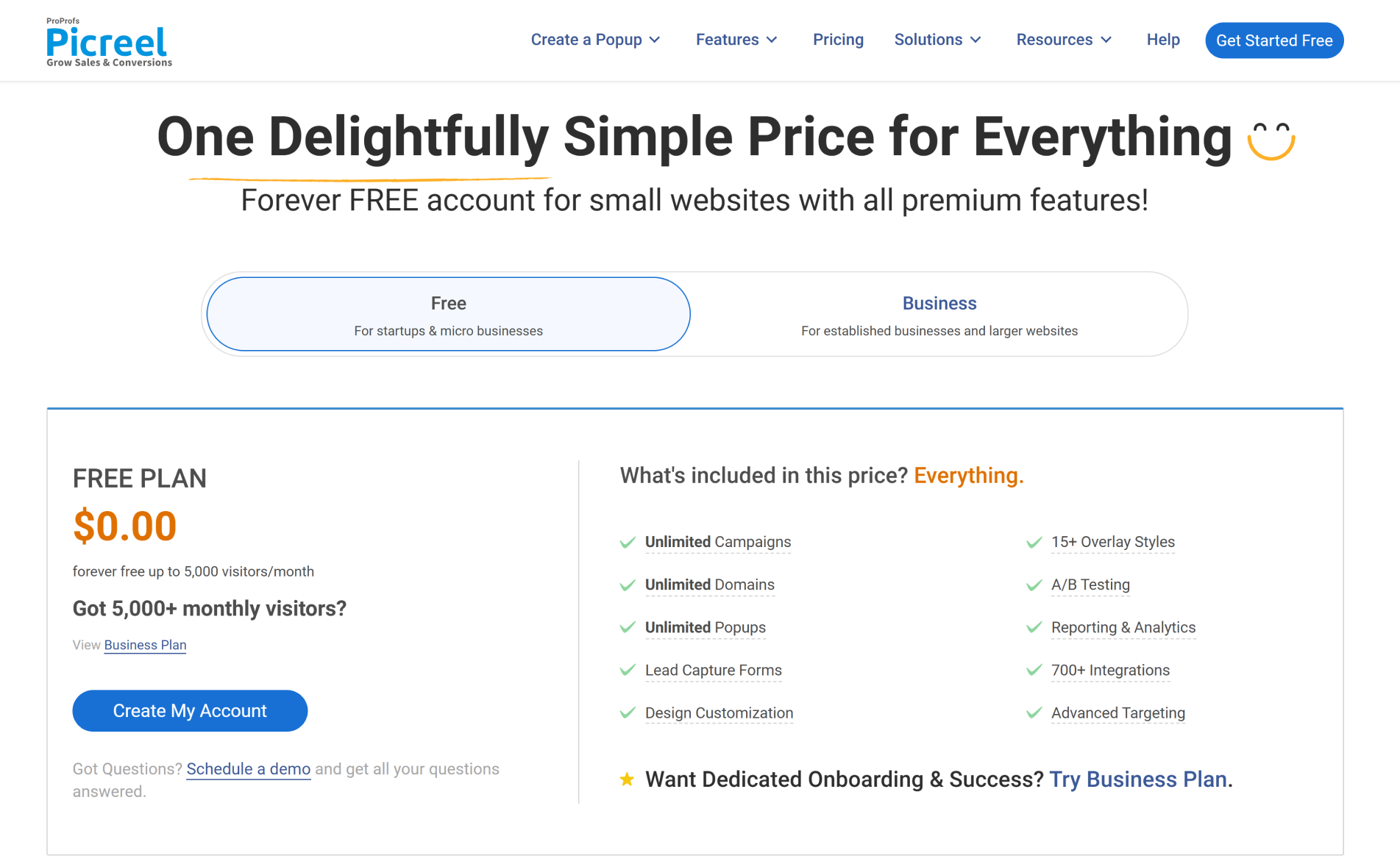
This not only helps customers get the most out of their initial purchase but also positions your company as a trusted advisor.
When it comes time to upgrade to a new version or purchase additional features, those customers are more likely to say “yes” because they’ve experienced the company’s commitment to their success.
4. Convince With Real-Life Examples
Showcasing how your products or services have benefited others motivates customers to upgrade or buy more. It also builds trust, credibility, and social proof, making convincing potential customers to make additional purchases easier.
So, how do you upsell products using success stories? Well, we’ve got some tricks for you to use –
- Case studies & testimonials: Create detailed case studies and testimonials highlighting the achievements or benefits other customers have gained from using your products or services.
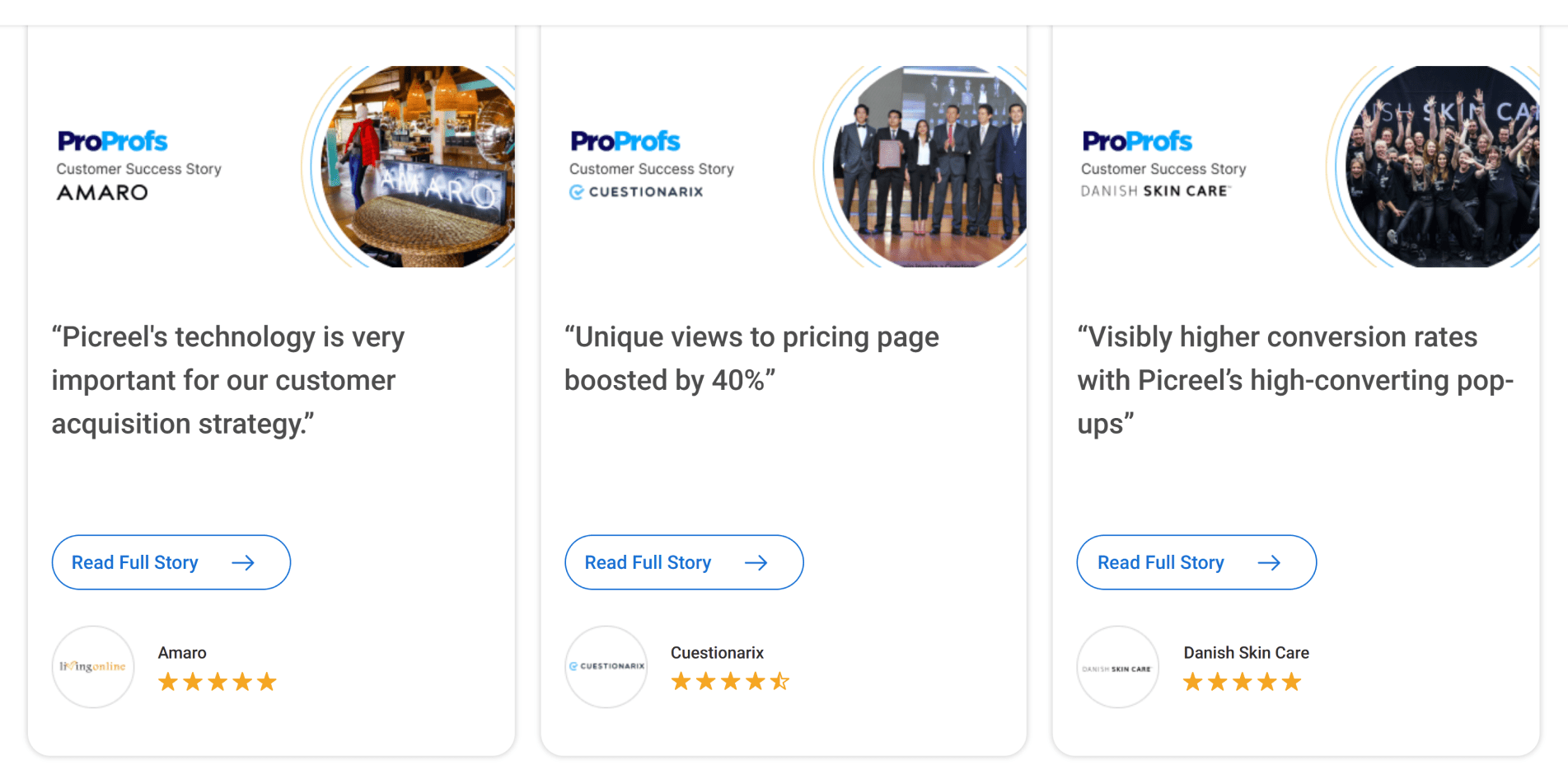
(Read Customer Success Stories)
- Video testimonials: Use video testimonials to add a personal touch and allow customers to connect with the experiences of others.
For example, take a look at how Amazon uses video testimonials for its products –
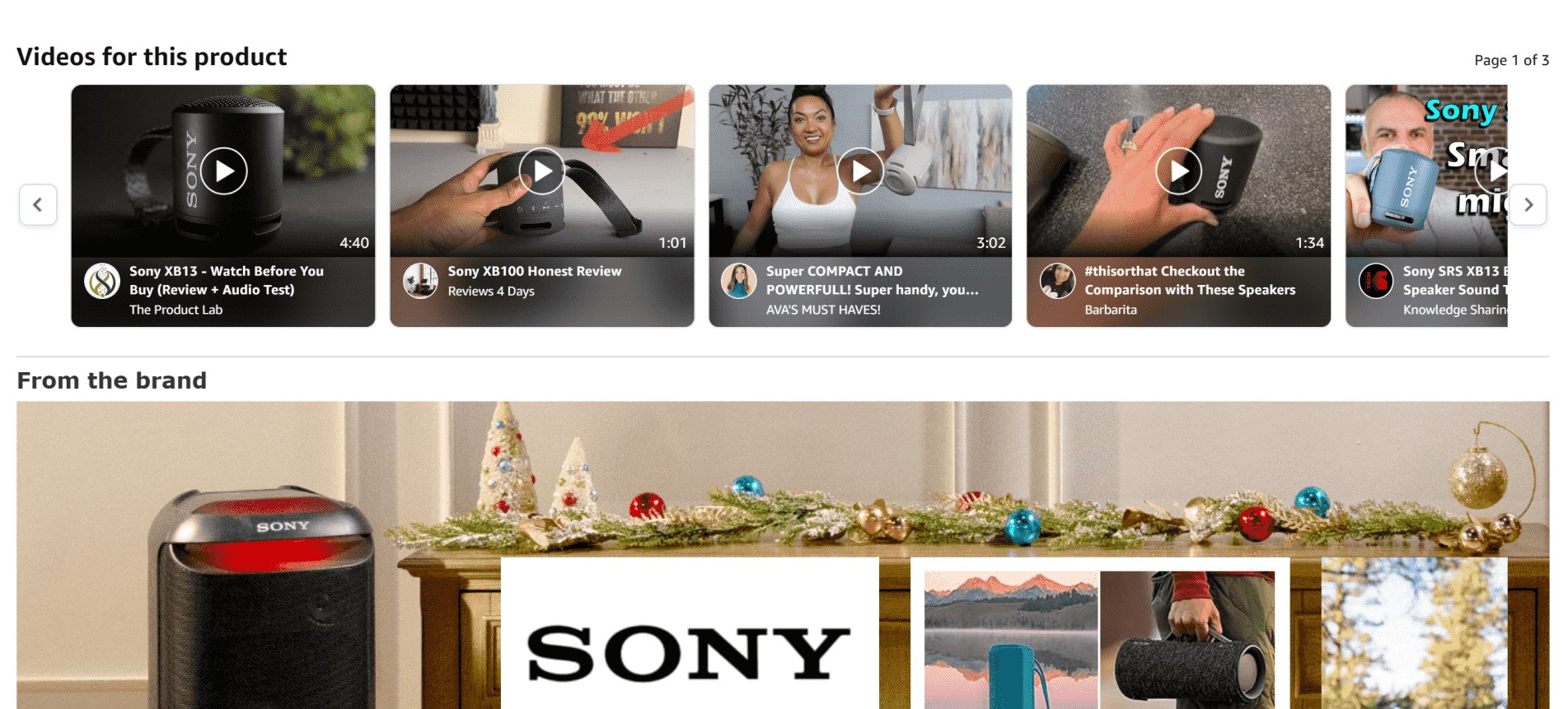
(Image Source: Amazon.com)
- Customer reviews: Display customer reviews prominently on product pages and throughout your website to showcase real-world feedback and build trust.
💡 Pro Tip: Always keep success stories authentic and avoid sounding like a sales pitch. By making it easy to share, such as through social media or email, you can encourage satisfied customers to spread the word and attract new business.
5. Follow-up Constantly
Consistent follow-up is key to increasing your chances of success. This doesn’t mean bombarding customers with emails, but it does mean staying on their radar and gently reminding them of the value of the upgrade.
This is a common upselling technique leveraged by companies across different industries to keep customers engaged and open to further spending.
In my experience, the best way is to use a cloud-based CRM system to track customer interactions and automate follow-up communications. This lets you send personalized emails at specific intervals so your upsell offers stay top-of-mind without overwhelming customers.
6. Upsell at a Discounted Rate
Let’s start by debunking a myth –
Offering discounts, or strategic pricing, is NOT about simply lowering prices drastically. Doing that devalues your product.
Instead, you can create a perception of value and give customers a reason to buy more. Want an example? Here you go –
Imagine this scenario: A customer is shopping online for a new pair of shoes, and just as they’re about to check out, a popup appears, offering an instant 20% cart discount on adding socks.
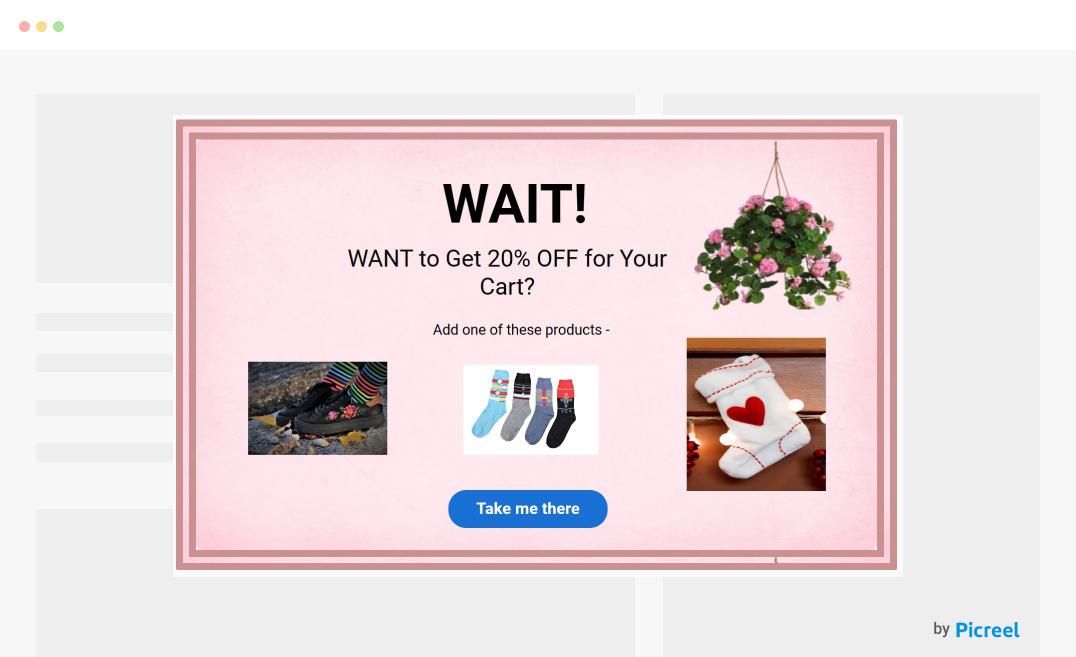
Such an offer makes the customer think twice before ignoring it, as that implies they’re willing to pay 20% more. This is an excellent real-life example of how pricing and discounts can upsell customers to buy more than they initially planned.
I’ve jotted down some easy and working upselling methods below –
- Employ psychological pricing tactics: Such strategies include price anchoring, contrast pricing, and charm pricing to make your offerings appear more attractive.
- Offer tiered pricing and discounts: It lets your customers unlock discounts or additional features by spending more – incentivizing them to upgrade to higher-value options.
- Utilize targeted popups: Tools like Picreel let you precisely target visitors to show relevant discounts and promotions based on their browsing behavior or cart contents – perfect for creating a sense of urgency.
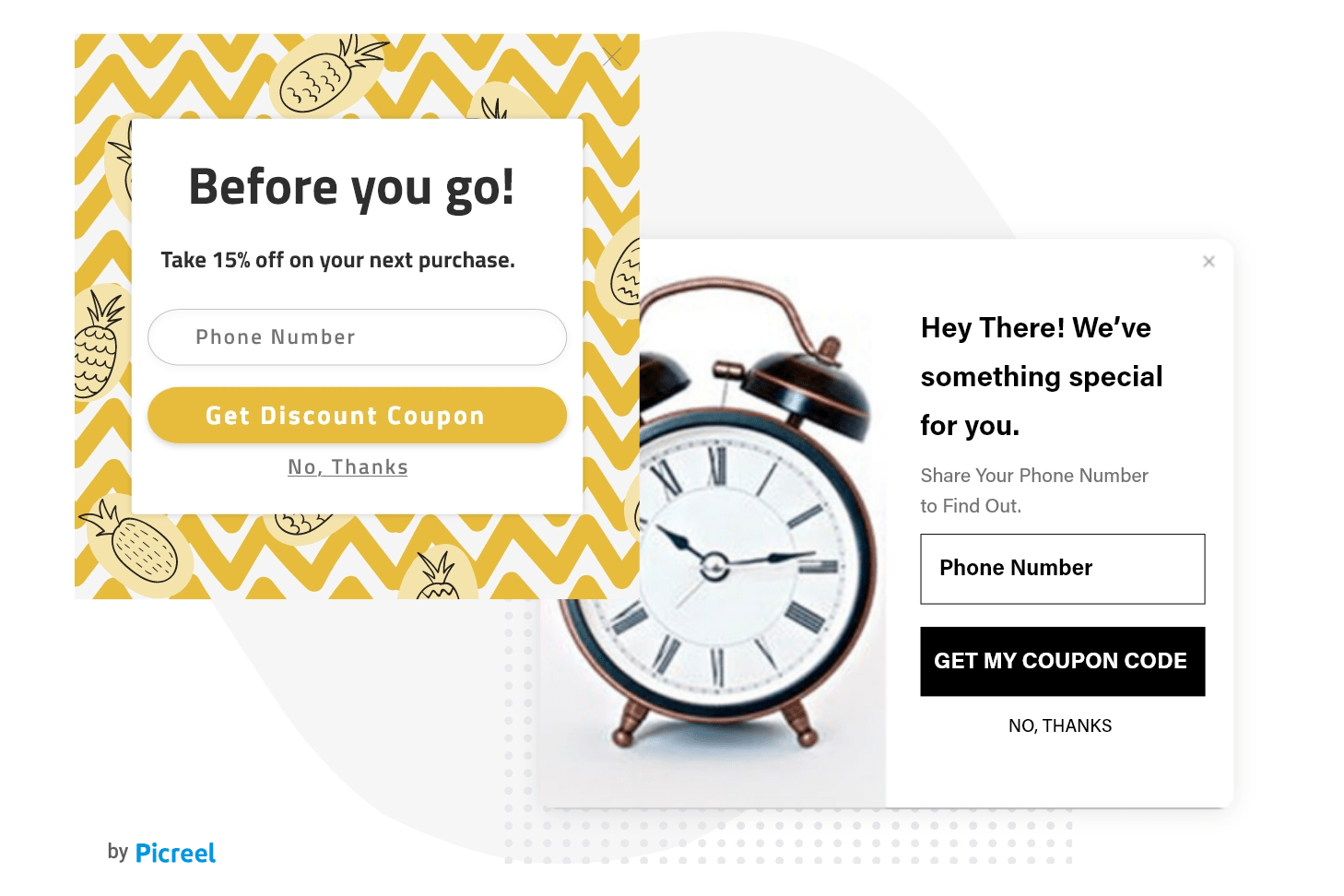
7. Help. Don’t Push
Today’s customers are intelligent. They instantly recognize poor upselling techniques – something that only harms your eCommerce store’s reputation. A customer-centric approach that focuses on helping rather than selling is a must today.
Here’s how to strike the right balance between ‘helping’ and ‘pushing’ –
- Understand their needs: Before suggesting upsells, take the time to understand your customers’ needs and challenges. Ask questions, listen actively, and empathize with their situation.
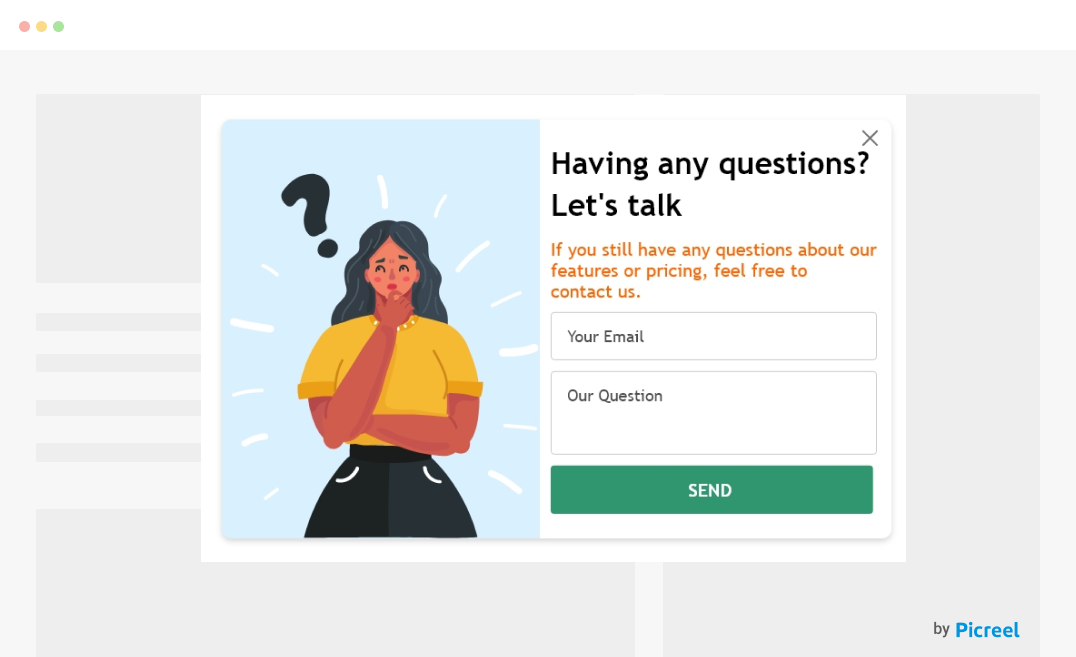
- Offer solutions, not products: Instead of bombarding customers with product descriptions, present solutions that address their specific challenges. Highlight how the upsell can enhance their experience or solve their problems.
- Use informative popups: Instead of popups that scream “BUY NOW!”, use informative popups that provide value-added content. Offer tips, tutorials, or guides related to the product they’re viewing.
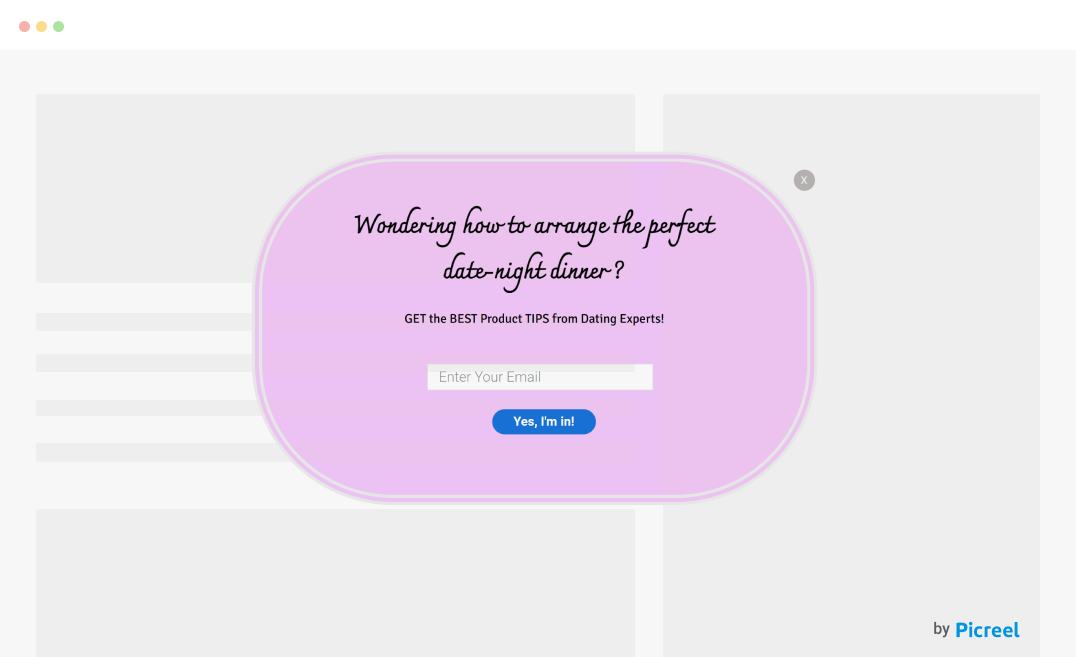
8. Leverage Social Proof
I always keep social media as one of my primary upselling tactics because the opportunities are limitless. Here’s a small example of that –
Did you know that around 41% of Gen Z and Millennials make impulse purchases online once every 2-3 weeks?
This shows how social media is still a reliable platform for upselling. Here are the three best ways you can try to leverage social proof –
- User-generated content (UGC): Encourage customers to share their experiences and positive reviews on social media platforms like Instagram, Facebook, and Twitter.
- Social media contests and giveaways: Host contests and giveaways encouraging customers to share their experiences with your products or services, expanding your reach and generating social proof.
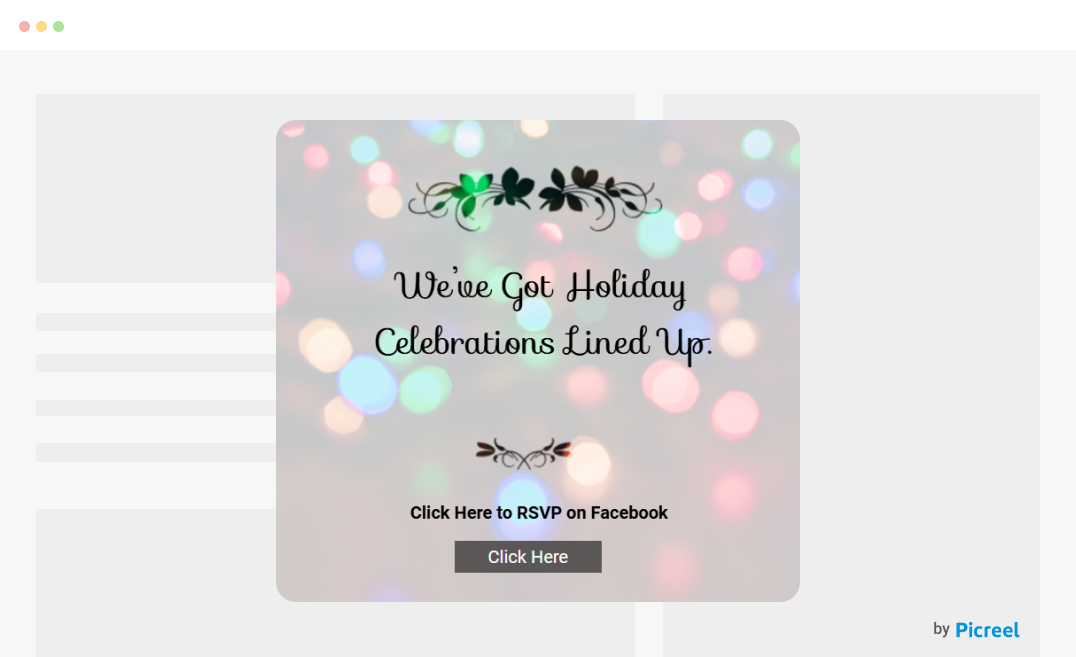
- Social media collaborations: Partner with influencers and bloggers to create authentic content and reviews that showcase the benefits of your products to their followers.
By doing so, you not only improve your online reputation but also increase the chances of attracting new customers who are likely to convert more quickly.
9. Use Persuasive Language
What is persuasive language? Is it about exaggerating the features of your products to customers? Not really.
Well, it is the blend of a lot of things, such as –
- Mastering emotional issues
- Incorporating analytical information
- Demonstrating social proof at key junctures
- Using tone to add emotion and keep things interesting
Here are some key principles to consider when crafting persuasive language for upselling –
- Focus on benefits and value: Instead of focusing on product features, highlight the tangible benefits and value the upsell (product or service) will bring to the customer’s life.
- Emphasize exclusivity and limited-time offers: Use phrases like “limited edition,” “special offer,” or “available while supplies last” to create a sense of urgency and exclusivity.
- Use storytelling to connect with customers: Engage customers with relatable stories that showcase the positive experiences other customers have had with the upsell product or service.
- A/B test different variations: If you’re using popups, continuously check their effectiveness using A/B testing to identify the most effective approaches for your target audience.
10. Arrange Giveaways
Giveaways have long been among the most popular upselling examples to attract new customers and generate buzz.
When it comes to giveaways, it’s important to approach customers strategically. Rather than just giving away random items, consider offering products or services that complement the purchase or upgrade you’re trying to upsell.
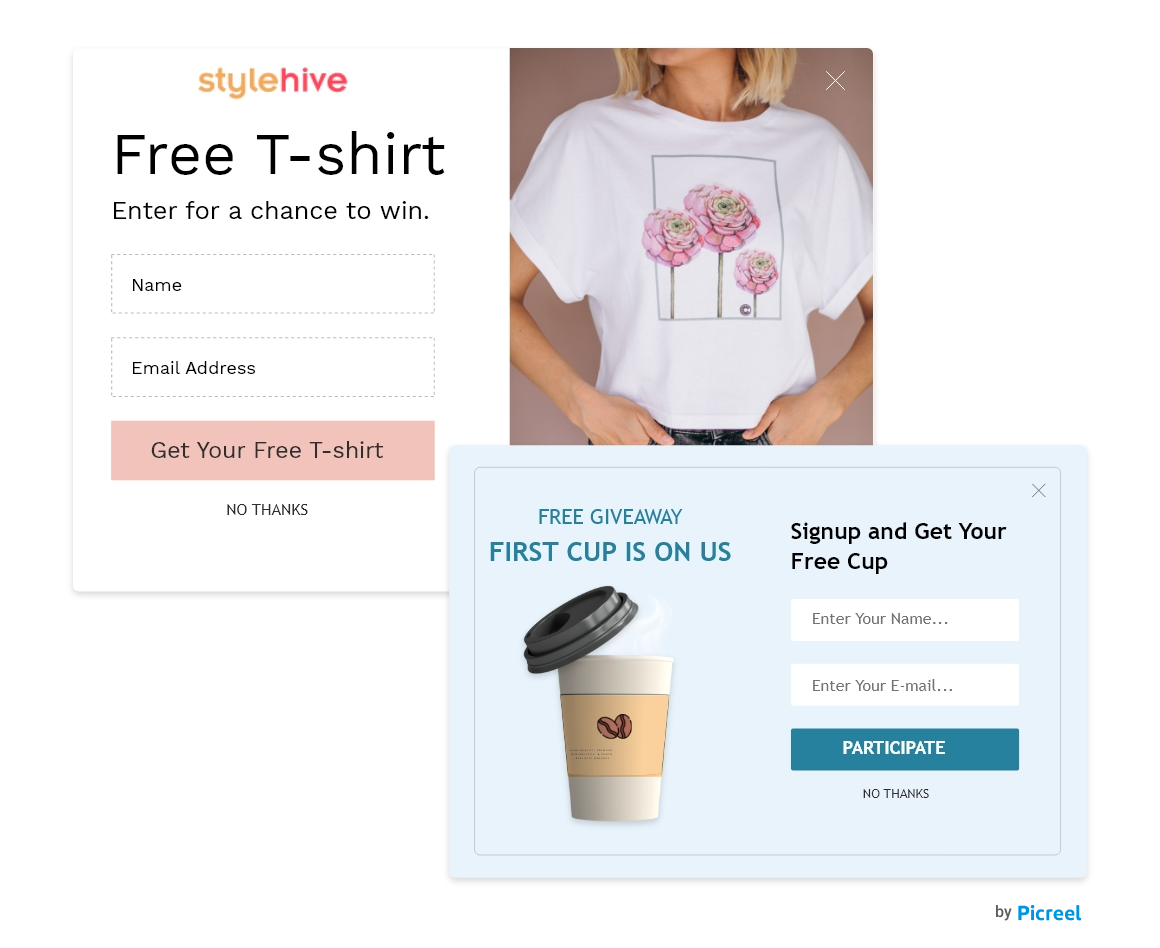
So, how to arrange a giveaway? Here are some working tips for you –
- Set minimum purchase requirements to let customers know that they need to reach a certain purchase threshold to be eligible for the giveaway.
- Ask participants to purchase a specific product or service or upgrade to a higher-tier subscription to increase their chances of winning.
- Utilize social media, email marketing, and website banners to promote the giveaway, maximizing visibility and attracting participants.
- Create a sense of urgency with limited-time giveaways to encourage immediate action and drive sales.
- Offer additional discounts or incentives to participants who take advantage of upsell opportunities during the giveaway period.
- Maintain transparency and integrity to maintain brand credibility and foster customer trust.
How to Find Upselling Opportunities: A Detailed Guide
Even with the best techniques in your arsenal, you may fall short if you’re unaware of WHEN and HOW to upsell.
Upselling opportunities lie in understanding customer behavior. Whether you’re approaching customers before a sale, during checkout, or even after the purchase, identifying the right moment is crucial.
In the following section, I’ll help you find the most obvious opportunities to upsell your product/service.
BEFORE THE SALE:
This is where you set the stage for a successful upsell. Here, you need to identify your ideal customer profile (ICP), map out their journey, and then develop targeted offers.
Let’s quickly explore the steps.
1. Understand Your Customers
You’d be surprised how many businesses miss this crucial step. To effectively upsell, you need to know who your customers are, what they need, and what motivates them.
How do you do this? Well, it’s simple.
- Analyze customer data: Explore customer data to identify patterns and trends.
- What are their demographics?
- What are their purchase histories?
- What channels do they use to interact with your business?
- Identify their needs: Understanding customers’ underlying needs is key to offering relevant upsells.
- What problems are your customers trying to solve?
- What goals are they hoping to achieve?
- Segment your customer base: Dividing the customer base into segments based on their needs, behaviors, or purchase history will help you personalize upselling efforts to specific groups.
Once you’re done with the segmentation, Picreel can help you target those customers with advanced targeting features. You can target users on key factors such as visitor segments, demography, engagement levels, cookie usage, platform usage, etc.
2. Leverage Customer Behavior
Customer behavior provides key insights that help you identify upselling opportunities. Analyze patterns like frequently viewed products, abandoned carts, or past purchases to design offers that are more likely to resonate.
Here’s what you need to keep a track on to improve your upselling techniques –
- Check which pages your customers visit the most and what products they view.
- If you’re sending emails, create a pattern to understand what links they click the most.
- Regularly check customer feedback to understand the challenges they face.
For example, if a customer spends a lot of time browsing your website’s “luxury skincare” section, it’s a good indication that they might be interested in upselling to a premium skincare set or a personalized consultation with a skincare expert.
UPSELLING AT CHECKOUT:
The checkout process is a prime opportunity for upselling. Since customers have already committed to making a purchase, they’re more likely to consider adding something extra to their order.
Here are a few effective strategies for upselling at checkout –
1. Offer Complementary Products or Services
Checkout is one of the best moments to upsell because customers are already in the buying mindset.
Suggest items that complement the customer’s existing purchase. These could be accessories, add-ons, or related products that enhance the overall value of their order.
Think of how Amazon suggests “Frequently Bought Together” or “Complete the set” items. Doesn’t it feel like a logical extension of the purchase?
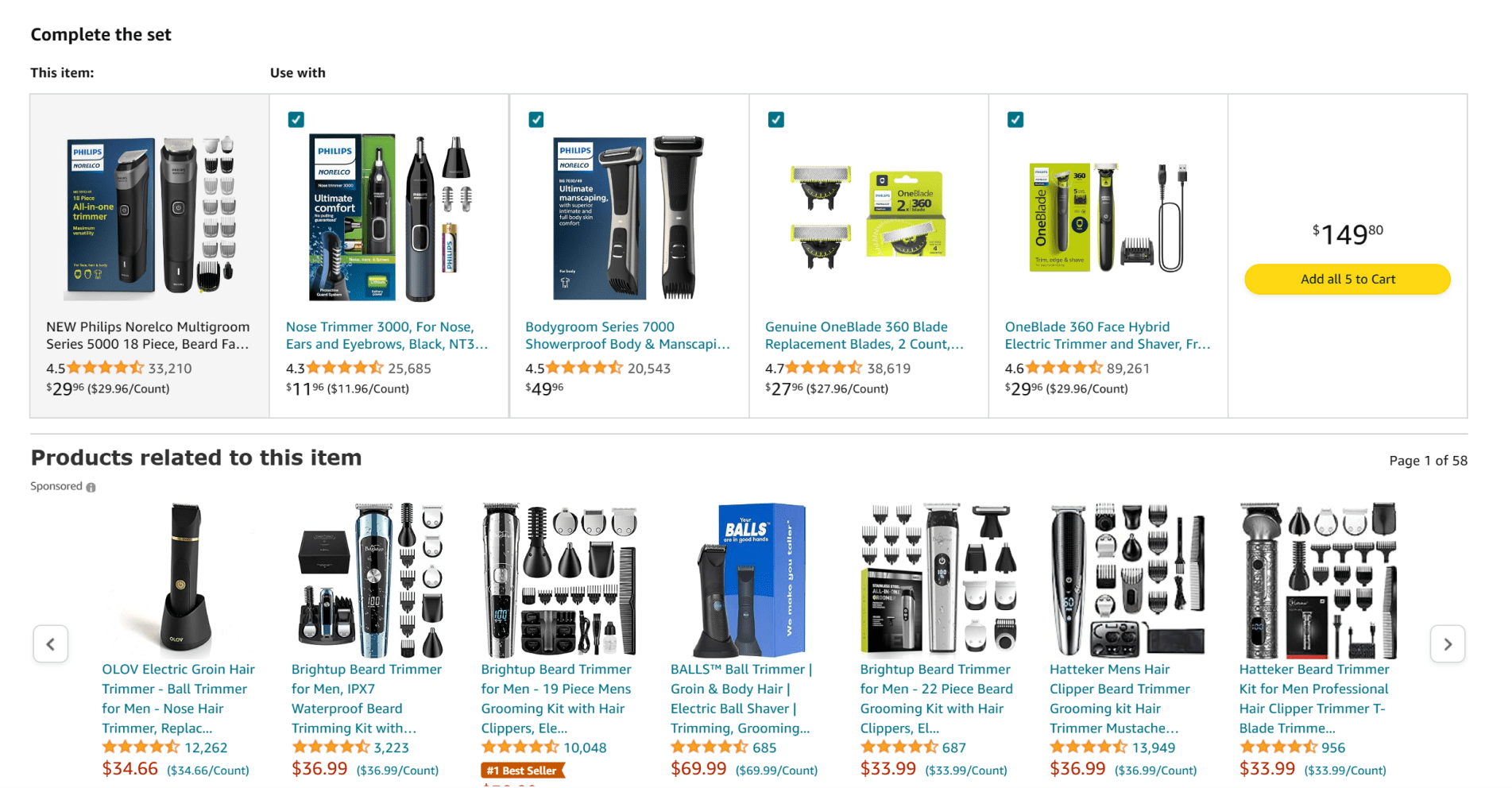
(Image source: Amazon.com)
2. Personalize Upselling Offers
Use your customer’s buying history and browsing behavior to tailor your upselling suggestions. This shows that you understand their needs and are eager to offer something that will help them. I’ll explain with an example.
For example, if a customer has previously purchased running shoes from your online store, offer them an upsell on running socks, a hydration pack, or a fitness tracker. (Doesn’t this remind you of Nike’s website?)
This personalized approach shows that you’re not just trying to sell them more but genuinely trying to provide solutions that align with their needs.
UPSELLING AFTER PURCHASE:
So, the customer completes a purchase. You learned and implemented how to upsell a product. Now what? Do you sit back, relax, and watch the sunset like MCU’s Thanos in Endgame?
No!
That’s because post-purchase interactions with customers can be a make-or-break deal. Creating no upsell opportunities will lead to customers never coming back. So, in simple terms, upselling is a never-ending sales tactic.
Here are some tips on how to upsell in the post-purchase phase –
1. Offer Relevant Products
Let’s say a customer recently purchased a new laptop from your online store. A few days later, you could send them an email with recommendations for laptop accessories, such as a carrying case, a wireless mouse, or an external hard drive.
These are all relevant products that enhance the functionality or convenience of their new laptop.
Let me give you a real-life example. Take Adobe, for instance.
After customers purchase Photoshop, Adobe offers complementary software like Lightroom to enhance the overall experience. This type of upsell feels like a thoughtful recommendation rather than an afterthought.
2. Give an Offer for the Next Purchase
Now that you have offered something relevant, what more can you do to ensure the customer makes the next purchase soon?
You can offer personalized discount coupons and promote special offers (using a popup) if they make the next purchase within a week.
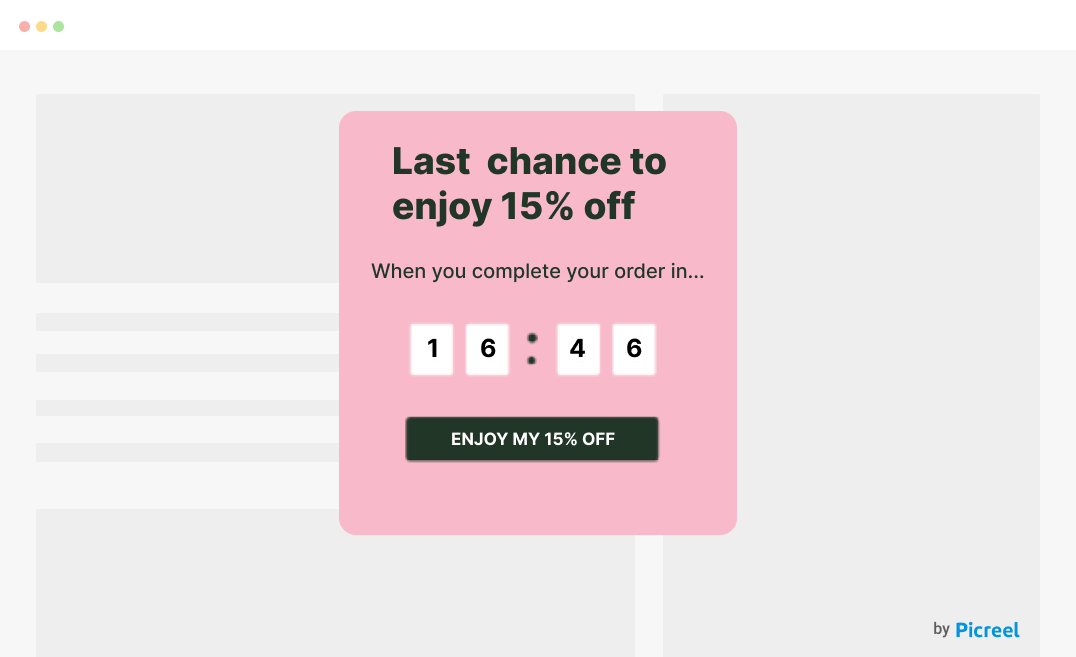
This creates a sense of urgency (we discussed this above, remember?), and compels the customer to take an action since the recommended products do not deviate from their original purchase.
Engage Customers & Boost Sales Through Upselling
As market competition reaches an all-time high every year, eCommerce businesses must find new ways to survive.
Upselling techniques are some of the best ways to ensure your company stays relevant, engages customers, and boosts sales.
Popup software tools go a long way in helping you upsell products with engaging nanobars, overlays, exit surveys, on-site messages, etc.
Tools like Picreel have a range of popup templates for every occasion. On a side note, they are excellent for lead generation. If you haven’t tried popup tools before, consider taking Picreel’s forever-free plan for a test ride.
You just need to sign up, and that’s all between you and your business, skyrocketing sales.
Learn More About Upselling Techniques
How much does upselling increase sales?
While the exact impact varies depending on the industry, products, and implementation, effective upselling can increase revenue by 10-30% on average. That’s a significant boost for simply offering customers relevant upgrades or enhancements to their existing purchases.
Is upselling the same as cross-selling?
Upselling and cross-selling are different sales techniques. There’s a fine line of difference between them, as far as the definitions are concerned.
Upselling encourages your customers to buy a more expensive version or upgrade a product they are already considering.
Cross-selling suggests complementary products or services that accompany the original purchase. Both techniques aim to increase the overall value of the sale and are often implemented together for maximum impact.
What is the importance of upselling?
Upselling is important because –
- It increases revenue by encouraging customers to purchase higher-value products or add-ons.
- It enhances the customer experience by offering solutions that meet their needs more effectively.
- By providing personalized recommendations, you can boost sales and strengthen customer relationships, leading to repeat business.
- Upselling helps you maximize the lifetime value of each customer – a critical strategy for long-term growth.
What are some common pitfalls to avoid when implementing upselling techniques?
You need to understand how to upsell a product to avoid these common pitfalls –
- Being too pushy: Over-aggressive upselling can annoy customers and lead to lost sales.
- Irrelevant offers: Suggesting products that don’t meet customer needs can feel spammy.
- Ignoring customer preferences: Failing to personalize upsell suggestions reduces effectiveness.
- Overcomplicating the process: Too many options or interruptions can overwhelm the customer.
- Upselling too early or too often: Poor timing can appear opportunistic, which will not make your customers happy.
Focusing on value and relevance ensures a smoother, more successful upsell strategy.
FREE. All Features. FOREVER!
Try our Forever FREE account with all premium features!




